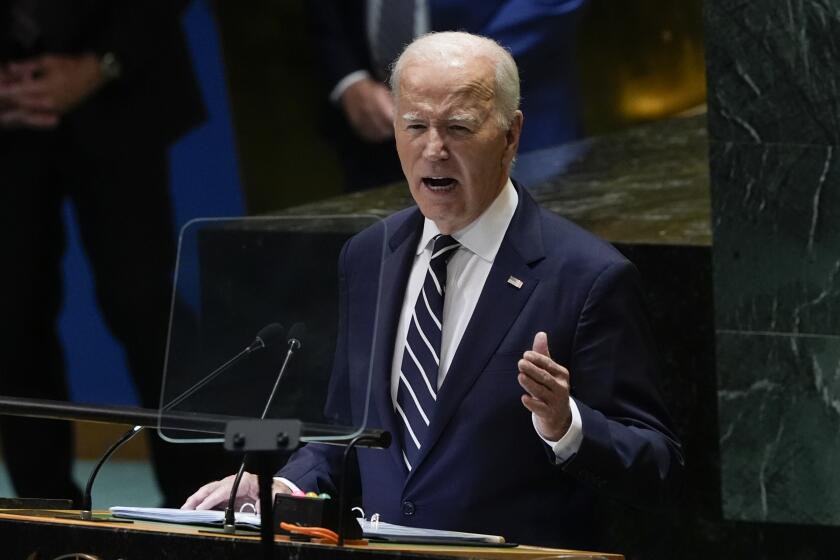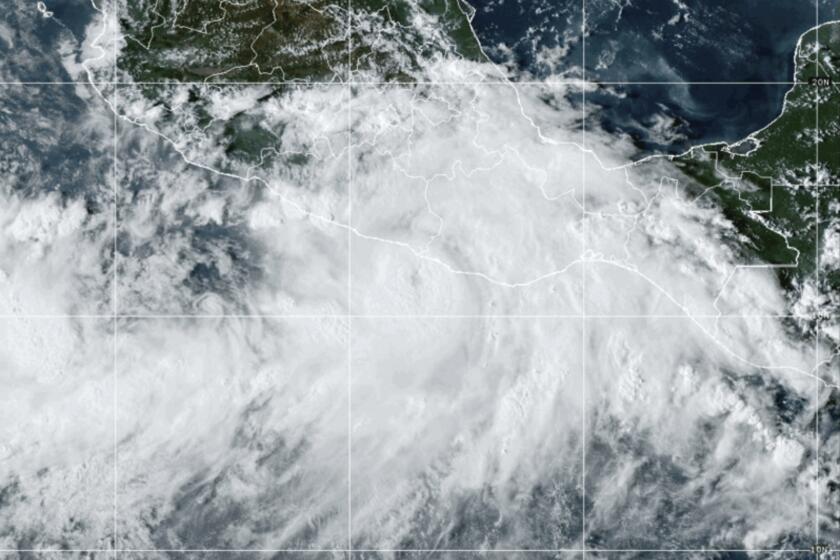Executions Becoming Province of the South, Report Finds
While the death penalty is legal in most of the U.S., executions increasingly take place only in the South, according to the end-of-the-year report from the Death Penalty Information Center.
In 2002, 86% of the nation’s 71 executions took place in the South.
Texas led the way again with 33 executions, and thereby “accounted for three times as many as the total in the West, Midwest and Northeast states combined,” the group said.
“For the second straight year, Texas was the only state to execute juvenile offenders,” the group said. Despite international protests, the state put to death three convicted murderers who were under age 18 at the time of their crimes, all of whom were black.
California has the nation’s largest death row, with 613 inmates condemned to die, yet only one execution was carried out in 2002.
The Texas-California divide is repeated elsewhere. There remains surprisingly little correlation between the number of criminals sentenced to death in a state and the number who are executed there.
Pennsylvania, Ohio and Illinois, like California, have hundreds of inmates on death row yet rarely carry out an execution.
States with smaller populations such as Virginia and Oklahoma do not sentence nearly as many to death, but they trail only Texas in carrying out those sentences.
3 Executions Since 1976
Pennsylvania has 244 inmates condemned to death, but executed no one in 2002 or 2001. Since 1976, the Keystone State has carried out three executions.
Virginia has 26 inmates on death row and carried out four executions in 2002. Since 1976, it has put 87 convicts to death, second only to Texas.
California, with 10 executions since 1976, ranks 15th among the states in carrying out death sentences, behind much less populous states -- Delaware (13 executions), Arizona (22), Arkansas (24), Alabama (25) and Oklahoma (55).
The pattern continued in the year that just ended. The top states for executions after Texas were Oklahoma with seven, Missouri with six, Georgia and Virginia with four each, Florida, South Carolina and Ohio with three each, and Alabama, North Carolina and Mississippi with two each.
The contrast between the number of death sentences imposed and the number of executions suggests that judges, not prosecutors or juries, play the key role. State appellate judges in Texas, Oklahoma and Virginia rarely grant appeals from inmates on death row or reopen their cases for new hearings or investigations.
Judges Can Step In
Federal judges also can intervene in death penalty cases if an inmate can show a constitutional rights violation. However, the U.S. 5th Circuit Court of Appeals, which oversees Texas, and the 4th Circuit Court of Appeals in Virginia are considered the nation’s most conservative and least likely to reopen death penalty cases.
By contrast, federal judges in California, including the 9th Circuit Court of Appeals, are known for closely examining the cases of inmates facing death and have shown a willingness to reverse convictions or death sentences if they believe the trial was flawed.
Death-penalty opponents point out that the murder rates remain highest in the South, where executions are most common, and lowest in states without the death penalty: Maine, Massachusetts, Rhode Island and Vermont in the Northeast and North and South Dakota.
“The South has the highest murder rate of the four regions of the country,” said Richard Dieter, executive director of the death penalty group. “The Northeast, the region with by far the fewest executions, had the lowest murder rate. And Texas, the country’s leading execution state, experienced an increase in its homicide rate in 2001.”
More to Read
Sign up for Essential California
The most important California stories and recommendations in your inbox every morning.
You may occasionally receive promotional content from the Los Angeles Times.











